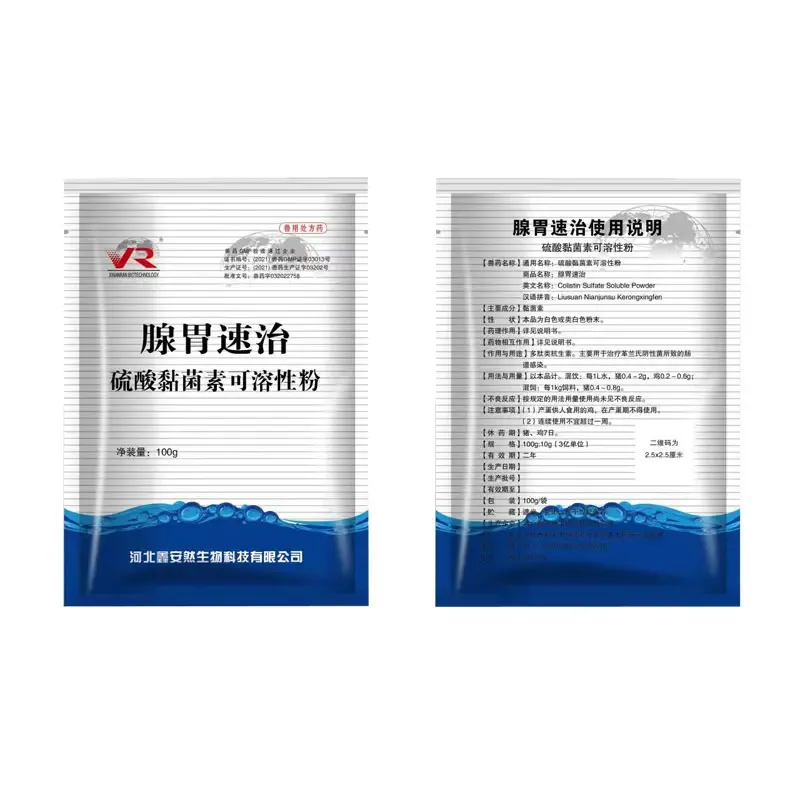- Afrikaans
- Albanian
- Amharic
- Arabic
- Armenian
- Azerbaijani
- Basque
- Belarusian
- Bengali
- Bosnian
- Bulgarian
- Catalan
- Cebuano
- Corsican
- Croatian
- Czech
- Danish
- Dutch
- English
- Esperanto
- Estonian
- Finnish
- French
- Frisian
- Galician
- Georgian
- German
- Greek
- Gujarati
- Haitian Creole
- hausa
- hawaiian
- Hebrew
- Hindi
- Miao
- Hungarian
- Icelandic
- igbo
- Indonesian
- irish
- Italian
- Japanese
- Javanese
- Kannada
- kazakh
- Khmer
- Rwandese
- Korean
- Kurdish
- Kyrgyz
- Lao
- Latin
- Latvian
- Lithuanian
- Luxembourgish
- Macedonian
- Malgashi
- Malay
- Malayalam
- Maltese
- Maori
- Marathi
- Mongolian
- Myanmar
- Nepali
- Norwegian
- Norwegian
- Occitan
- Pashto
- Persian
- Polish
- Portuguese
- Punjabi
- Romanian
- Russian
- Samoan
- Scottish Gaelic
- Serbian
- Sesotho
- Shona
- Sindhi
- Sinhala
- Slovak
- Slovenian
- Somali
- Spanish
- Sundanese
- Swahili
- Swedish
- Tagalog
- Tajik
- Tamil
- Tatar
- Telugu
- Thai
- Turkish
- Turkmen
- Ukrainian
- Urdu
- Uighur
- Uzbek
- Vietnamese
- Welsh
- Bantu
- Yiddish
- Yoruba
- Zulu
8 月 . 07, 2024 23:30 Back to list
Recommended Injectable Dosage Guidelines for Dogs Receiving Tylan 50 Treatment and Administration Tips
Injectable Dosage of Tylan 50 for Dogs A Comprehensive Overview
Tylan, a brand name for the antibiotic tylosin, is commonly used in veterinary medicine, particularly for treating various bacterial infections and gastrointestinal issues in dogs. The injectable form, specifically Tylan 50, has gained attention due to its effectiveness and convenience. Understanding the correct dosage and application is crucial for pet owners and veterinarians alike to ensure the well-being of our canine companions.
What is Tylan 50?
Tylan 50 is a concentrated formulation of tylosin, available in an injectable solution. Tylosin belongs to the macrolide class of antibiotics and is primarily effective against Gram-positive bacteria and some Gram-negative organisms. It can also treat certain types of infections that affect the respiratory or gastrointestinal tracts, making it a versatile option in veterinary medicine. The injectable form is particularly useful when oral administration is not feasible, such as in dogs that are vomiting or unable to swallow tablets.
Indications for Use
Tylan 50 is commonly prescribed for conditions such as chronic diarrhea, colitis, and certain respiratory infections. It is also recognized for its ability to improve gut health and is sometimes used as a growth promoter in livestock, but its use in pets is primarily therapeutic. When a dog presents with diarrhea that is unresponsive to other treatments, or shows signs of infection, a veterinarian might recommend Tylan 50 as part of the treatment plan.
Dosage and Administration
tylan 50 injectable dosage for dogs

The appropriate dosage of Tylan 50 for dogs can vary widely depending on the specific condition being treated, the dog's weight, and overall health. Generally, the dosage is calculated based on the dog's weight, with typical guidelines suggesting a range of 10-20 mg/kg (milligrams per kilogram) of body weight administered every 12 to 24 hours. It is crucial to consult with a veterinarian to determine the exact dosage and schedule tailored to the individual dog's needs.
For effective administration, Tylan 50 is typically injected subcutaneously or intramuscularly. The injection site should be rotated to prevent local irritation, and care should be taken to follow aseptic techniques to prevent infection. It’s also important to monitor the injection site for any signs of adverse reactions, such as swelling or redness.
Monitoring and Side Effects
While Tylan 50 is generally well-tolerated in dogs, there are potential side effects that owners should be aware of. These can include gastrointestinal upset, such as diarrhea or vomiting, changes in appetite, or lethargy. If any severe reactions occur—particularly signs of an allergic reaction like swelling, difficulty breathing, or hives—it is critical to seek immediate veterinary assistance.
Regular monitoring of the dog's response to treatment is essential. Follow-up appointments may be necessary to assess the effectiveness of the medication and make any necessary adjustments to the treatment plan. Blood work may also be recommended in some cases to monitor for any changes in organ function, especially if treatment is prolonged.
Conclusion
Tylan 50 injectable dosage for dogs presents a valuable tool in the arsenal of veterinary medicine. With its wide range of indications and effectiveness, it can provide relief for dogs suffering from various bacterial infections and gastrointestinal issues. However, responsible usage—guided by veterinary advice—ensures the safety and health of our beloved pets. Always consult with a veterinarian before administering any medication to ensure the best outcomes for your furry friend.
-
The Power of Radix Isatidis Extract for Your Health and Wellness
NewsOct.29,2024
-
Neomycin Sulfate Soluble Powder: A Versatile Solution for Pet Health
NewsOct.29,2024
-
Lincomycin Hydrochloride Soluble Powder – The Essential Solution
NewsOct.29,2024
-
Garamycin Gentamicin Sulfate for Effective Infection Control
NewsOct.29,2024
-
Doxycycline Hyclate Soluble Powder: Your Antibiotic Needs
NewsOct.29,2024
-
Tilmicosin Premix: The Ultimate Solution for Poultry Health
NewsOct.29,2024













